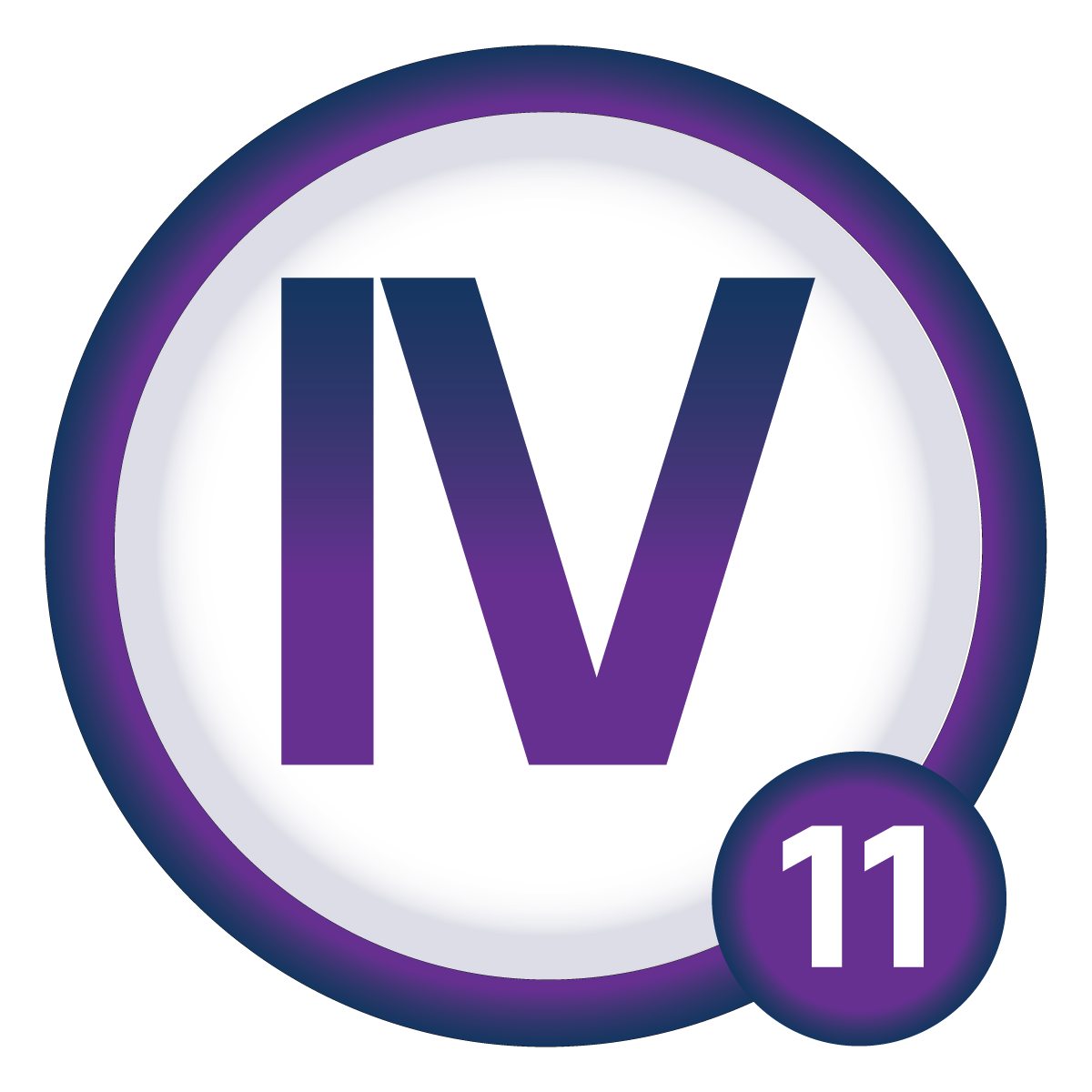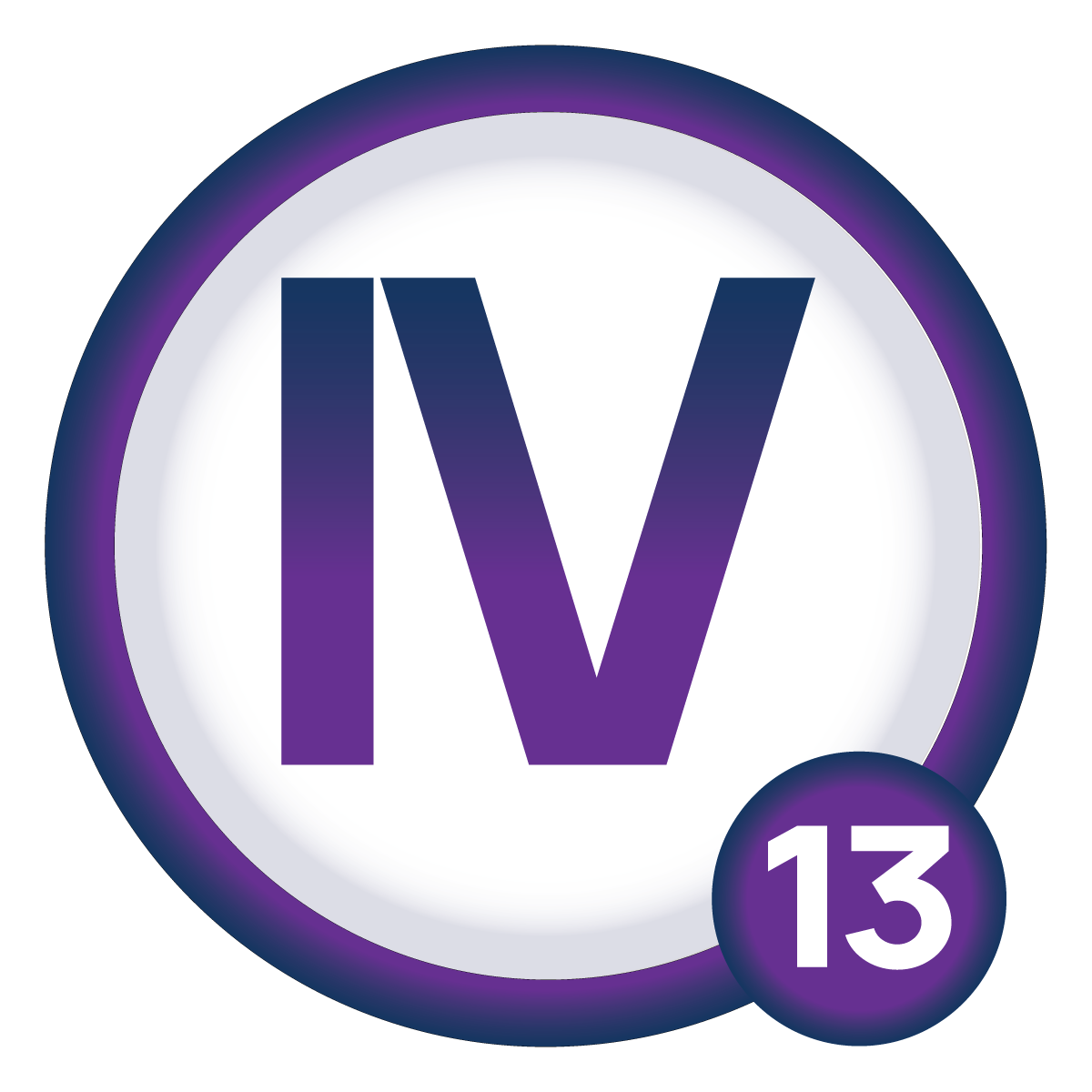
Our Governance
Governance structures and delegation

Risk governance

The Board holds the responsibility of ensuring robust corporate governance and the effective execution of risk management practices within the Fund. This mission is supported by a well-structured hierarchy of various committees, including the Investments and Project Monitoring Committee, Finance Committee, Staff Administration and Corporate Affairs Committee, and, most crucially, the Audit and Risk Assurance Committee (ARC). The ARC plays a critical role in overseeing risk management and ensuring the integrity of financial reporting.
Roles, responsibilities, and accountabilities concerning risk management are clearly delineated. A thorough materiality determination process is undertaken to identify significant issues and emerging risks that could impact the Fund's business model and its capacity to generate value over the short, medium, and long term.
Below are key elements of the Fund's risk management strategy.
A risk appetite dashboard that evaluates both risks and opportunities in support of strategic and financial objectives.
An Enterprise-wide Risk Management Framework accompanied by a comprehensive policy.
A Combined Assurance Model that provides a holistic view of risk control measures.

The Board conducts regular independent assessments of top risks, maintains oversight of the Strategic Risk Register, ensures the successful implementation of strategic projects, and reviews summary reports from both the ARC and Finance Committee. This multi-faceted oversight ensures that risk management remains a fundamental aspect of the Fund's governance and strategic decision-making processes. For more insights into our risk and opportunity management approach, refer to risk and opportunity management.
Compliance governance

The Fund is committed to upholding legal and regulatory compliance, placing a strong emphasis on adherence to prudential regulations. Oversight of compliance governance is the responsibility of the Board, primarily through the Audit and Risk Assurance Committee, which diligently monitors our observance of laws, regulations, and best practices within the retirement benefits sector.
To ensure effective governance of compliance and service delivery, the Board has established comprehensive policies and processes. There is a continuous effort to monitor and proactively engage with regulatory changes and emerging issues, ensuring that the Fund stays ahead of the curve.
Central to the Fund's governance framework is a steadfast commitment to upholding the highest standards of transparency, accountability, and fairness for our members, regulators, and all stakeholders. Management plays an essential role in tracking the Fund's compliance with regulatory requirements, providing the Board with quarterly reports for in-depth review.
To bolster our compliance infrastructure, the Board has endorsed a Compliance Management Policy and Manual. This framework includes regular compliance monitoring, ensuring that the Fund not only meets its legislative and regulatory obligations but also anticipates them, positioning us as a leader in compliance excellence.
| Key corporate governance practices in place |
|---|
There are 9 Non-Executive DirectorsThe Chairman is independent and in line with best practice, his roles are separate from those of the Chief Executive Officer Board effectiveness reviewsStakeholder engagementMembers meetingAuditor General appoints external auditorTenure 3 years |
Established compliance governance matters for the past year:
| Compliance matter | Relevant policy |
|---|---|
Compliance matter Declarations of conflicts of interest
|
Relevant policy
|
| Compliance matter | Relevant policy |
|---|---|
| Compliance matter Ethical conduct
|
Relevant policy
|
| Compliance matter | Relevant policy |
|---|---|
| Compliance matter Alignment with corporate governance practices
|
Relevant policy
|
| Compliance matter | Relevant policy |
|---|---|
| Compliance matter Review of all company policies
|
Relevant policy
|
